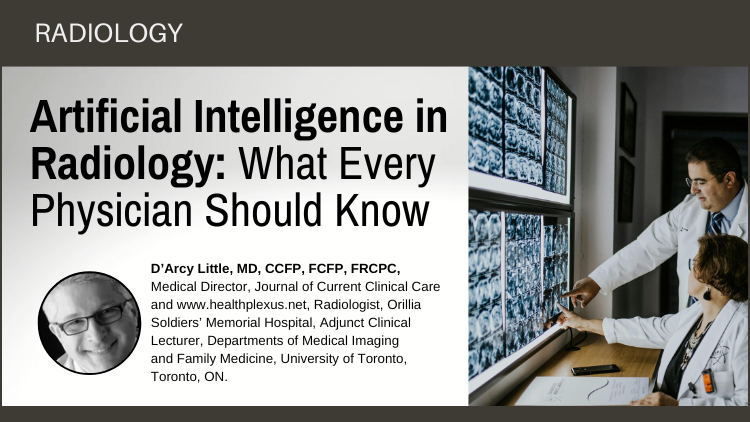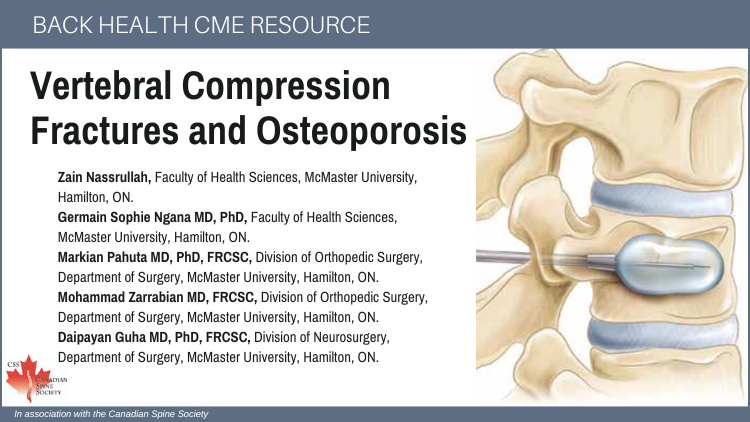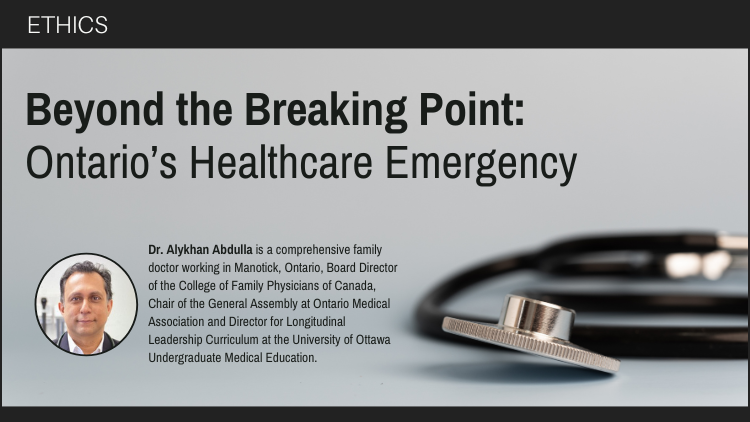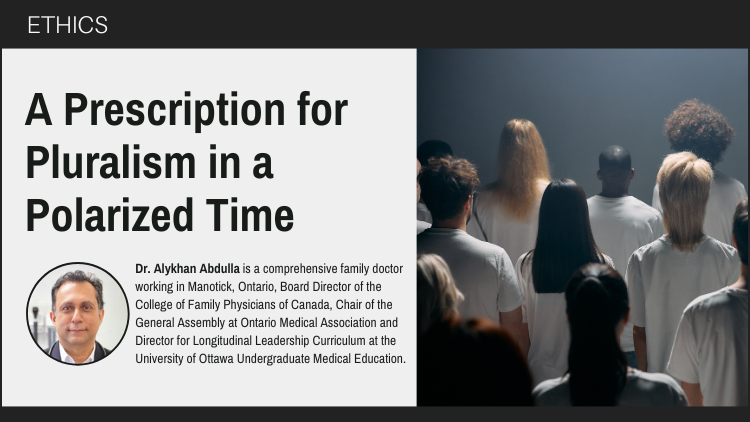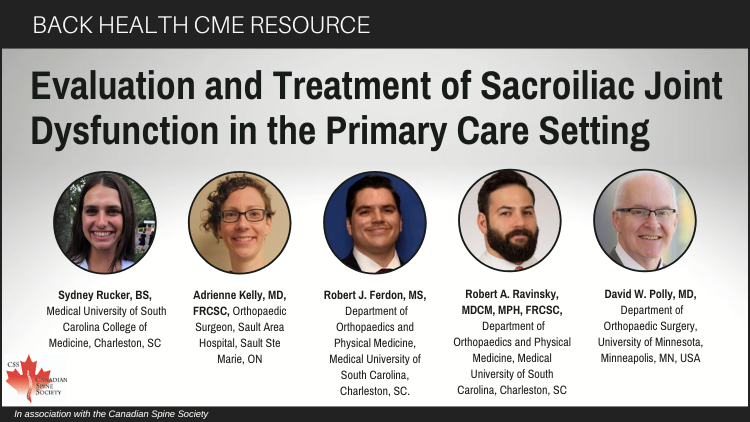1Spine Surgery - Hospital Ortopédico do Estado (Soc. Ben. Israelita Albert Einstein), Salvador, Bahia, Brazil.
2 Department of Neurosurgery, Hôpital de Chicoutimi, Quebec, Canada.
3 Department of Medicine, National University of Cuyo, Mendoza, Argentina.
4 State University of Feira de Santana (UEFS), Feira de Santana, Brazil.
5 Hospital Ortopédico do Estado (Soc. Ben. Israelita Albert Einstein), Salvador, Bahia, Brazil.
6 Hospital Ortopédico do Estado (Soc. Ben. Israelita Albert Einstein), Salvador, Bahia, Brazil.
7 State University of Pará, Belém, Brazil.
8 David Geffen School of Medicine at UCLA, Los Angeles, USA.
9 Healthcare Institution of South Iceland, Selfoss, Iceland.
10 Spine Surgery - Hospital Ortopédico do Estado (Soc. Ben. Israelita Albert Einstein), Salvador, Bahia, Brasil.
11 Department of Neurosurgery, Federal University of Espírito Santo, Espírito Santo, Vitória, Brazil.
12 Neurosurgery Division, University of Sherbrooke, Sherbrooke, Canada.


